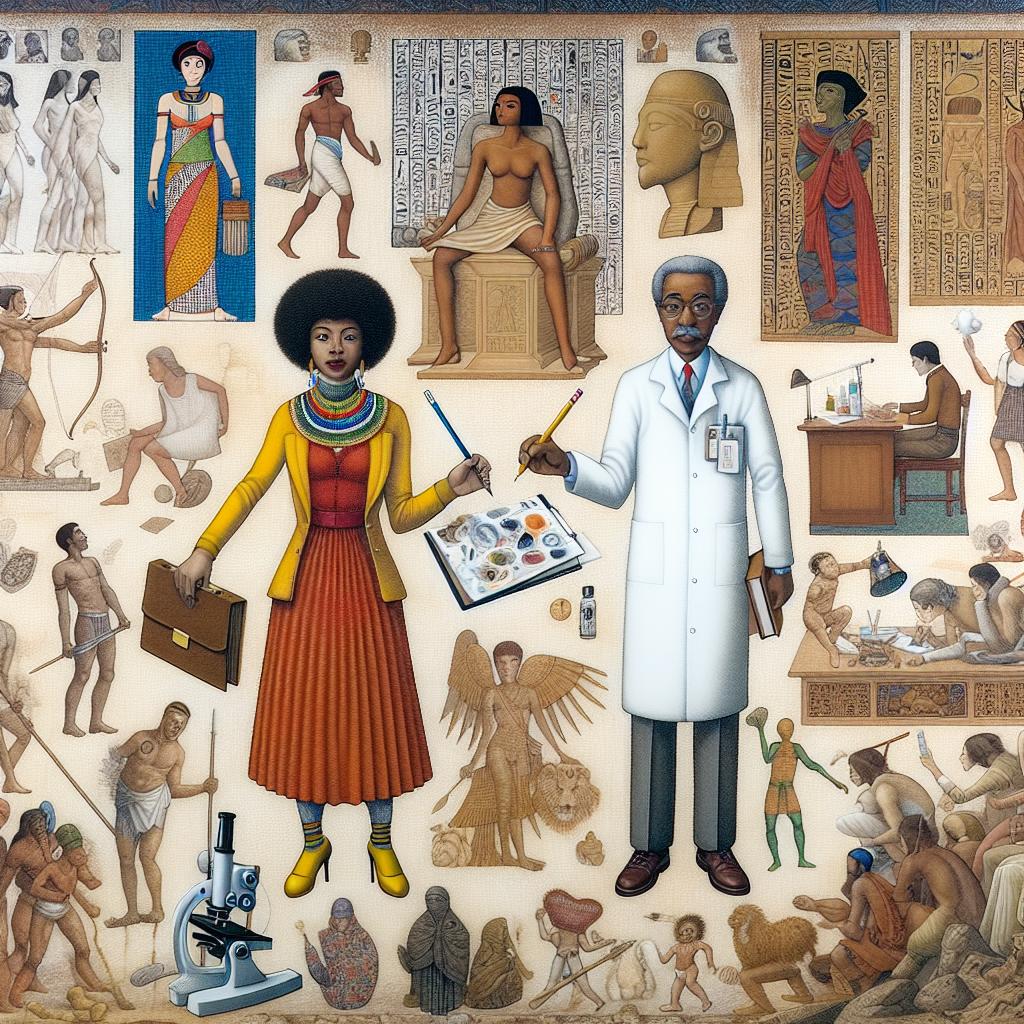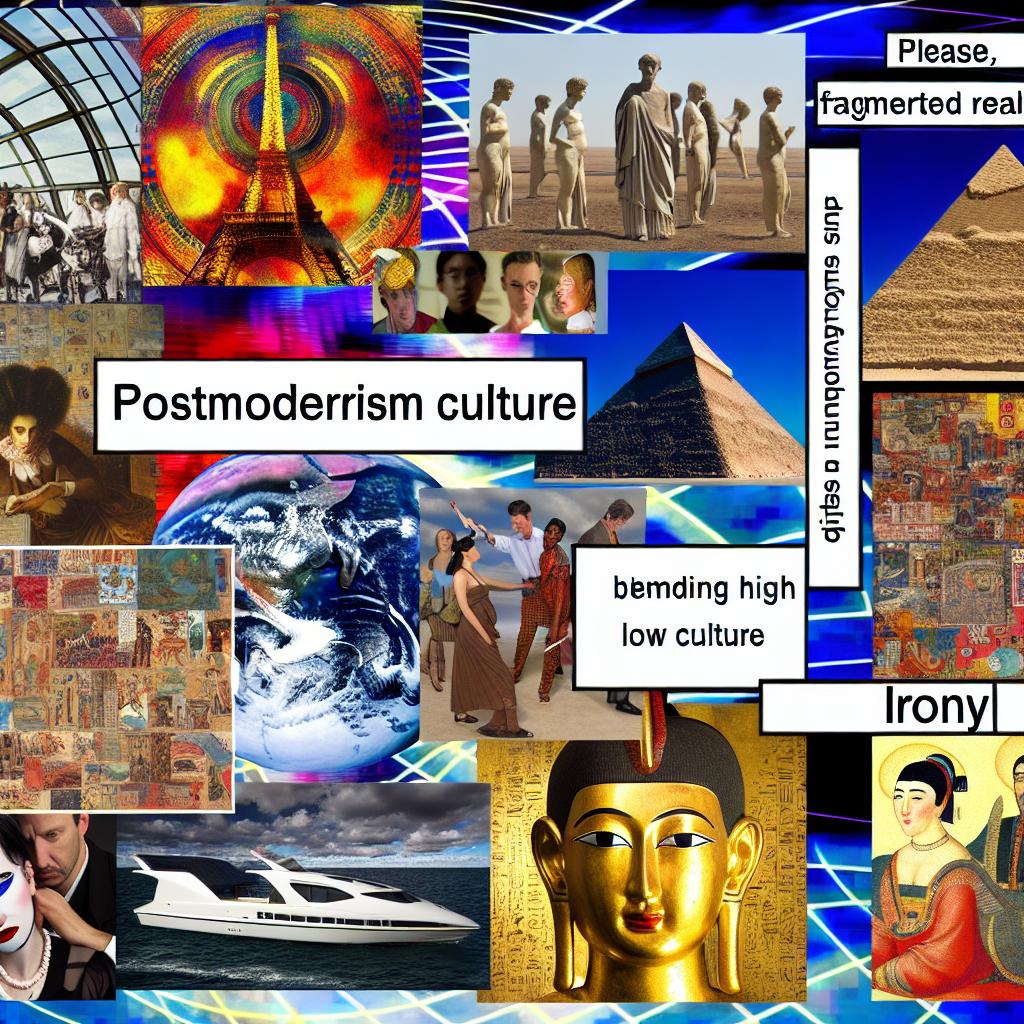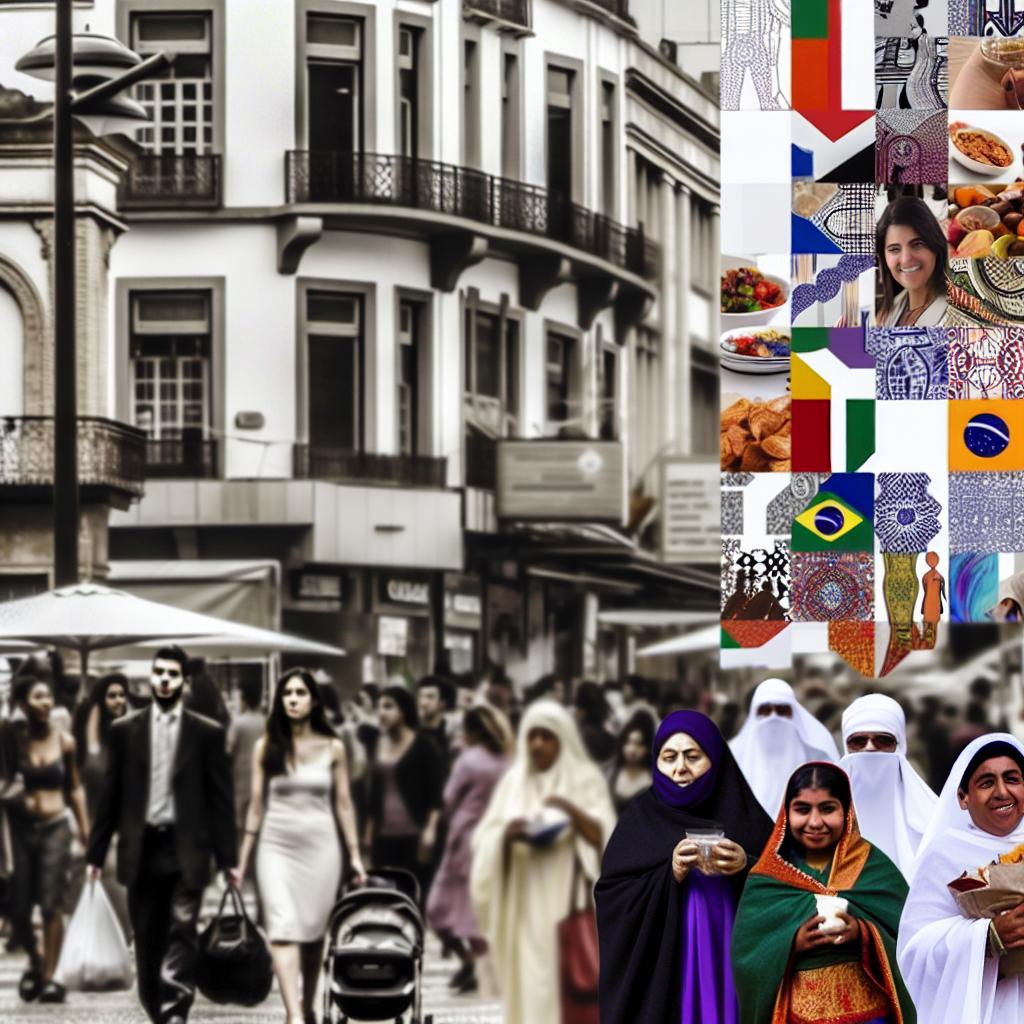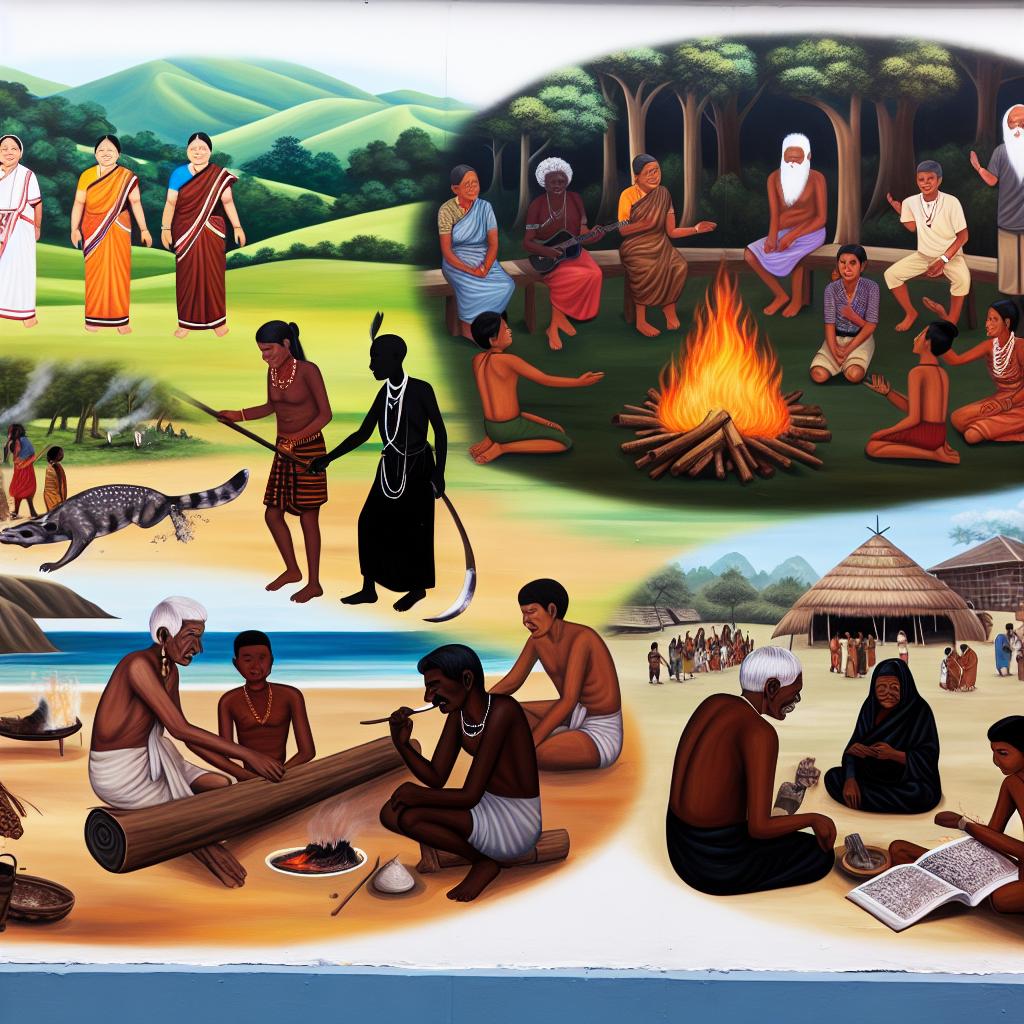Introduction
The topic of race and representation in visual culture serves as an essential area of study within the fields of art, media studies, sociology, and cultural studies. This exploration critically examines the ways in which racial identities are portrayed and perceived across various visual mediums, including film, television, photography, and digital platforms. These portrayals hold the power to significantly influence societal attitudes toward race. They can reinforce existing stereotypes and power structures, or they can challenge them, offering new narratives and perspectives. Understanding this area offers insights into broader social dynamics and contributes to more informed perspectives on race and cultural identity.
Historical Context
The historical landscape of racial representation in visual culture reveals a complex tapestry shaped predominantly by individuals and institutions in positions of cultural influence and power. Historically, these portrayals often resulted in skewed or limited depictions of racial minorities. In the formative years of film and photography, racial minorities were often subjected to depictions constructed through a lens of stereotypes. These portrayals reinforced pre-existing racial hierarchies and societal prejudices by framing racial minorities in narrow confines. African-Americans, for instance, were frequently cast in roles that emphasized servitude or comic relief, reflecting and perpetuating social dynamics that marginalized them. Similarly, Native Americans were routinely depicted as “savages,” reflecting colonial narratives and attitudes.
Media and Stereotypes
Media, as a form of visual culture, has historically played a pivotal role in both reflecting and shaping societal stereotypes concerning race. These depictions, more often than not, have reinforced negative stereotypes about racial minorities, thereby contributing to their ongoing marginalization. Media representations range from the oversexualization of women of color to characterizations of men of color as inherently violent or engaged in criminal activities. Such portrayals are not merely superficial; they have real-world consequences, affecting perceptions and interactions at both the individual and institutional levels. This dynamic reinforces systemic biases and holds implications for everything from policy to everyday social interactions.
Challenges and Progress
Despite the historical challenges, recent years have seen notable progress towards more inclusive and accurate racial representations in visual culture. This progress has resulted from a multitude of factors, including increased diversity behind the camera, combined with robust activism and a societal shift toward greater awareness and appreciation of different cultures. Filmmakers, photographers, and artists who hail from diverse backgrounds are driving a movement for authentic narratives that reflect a wide array of experiences and identities. By providing a platform for untold stories, these creatives are gradually dismantling the old narratives and paving the way for a richer and more varied representation of racial identities.
Contemporary Trends
Contemporary trends suggest a growing engagement with and diversification of the portrayal of race in visual media. There is an escalating demand for content that transcends tokenistic representation, striving instead for authenticity and depth. Current creatives and audiences alike are calling for works that genuinely encapsulate the complexities associated with racial identities and narratives. This movement towards authenticity not only enriches the cultural landscape but also contributes to a more nuanced understanding of race. By examining the multifaceted and intersecting identities within racial categories, society can foster an environment that is informed, inclusive, and equitable.
The current momentum reflects a concerted effort to redefine the visual narrative around race, moving it beyond simplistic or harmful stereotypes and towards a representation that recognizes the varied facets of human experience.
Impacts of Visual Culture on Society
Visual culture wields substantial influence on societal views and relations. The images and stories consumed through various media have the capacity to alter perceptions and inform biases, either reinforcing prejudiced views or promoting ethical and empathetic understanding. The repetitive exposure to certain visual narratives can shape public perception, influencing how individuals perceive others and understand cultural differences. This dynamic contributes to the broader social discourse around race and identity, illustrating the role of visual culture as both a mirror and a mold for societal values and beliefs.
Considering this power, it becomes increasingly crucial for content creators, consumers, and critics to approach visual culture with a critical eye, discerning the intents and implications of racial representations. This involves an examination of who is telling the stories, whose perspectives are being amplified, and the impact these narratives hold on public consciousness and policy.
The Role of Critique and Education
The advancement of equitable racial representation in visual culture is significantly bolstered by critical discourse and education. Institutions and individuals engaged in media criticism play a pivotal role in dissecting and challenging harmful stereotypes, drawing attention to issues of representation, and advocating for greater equity and authenticity in media portrayals. Educational initiatives that raise awareness and foster dialogue about race and representation are essential in equipping individuals with the tools to critically engage with visual culture. By promoting a more informed consumption of media, these efforts aim to cultivate a discerning public that demands and supports more nuanced and respectful representations of race.
Future Directions
Looking ahead, the trajectory of race and representation in visual culture is imbued with the promise of continued evolution and progress. As the dialogue around race becomes more sophisticated and inclusive, visual culture is poised to reflect these changes in its portrayals. The onus lies not only on content creators but also on audiences, critics, educators, and policymakers to advocate for and support a media environment that promotes equitable representation. In doing so, society can harness the transformative power of visual culture to foster inclusivity, celebrate diversity, and advance understanding across racial and cultural lines.
In summary, the representation of race in visual culture remains a dynamic entity, influenced by historical contexts and contemporary developments. As society progresses toward greater inclusivity and representation, the narratives around race become more authentic and reflective of the complex human experience. While challenges remain, especially concerning entrenched stereotypes and biases, the collective efforts of individuals and institutions hold the promise of a more equitable and understanding cultural landscape.



